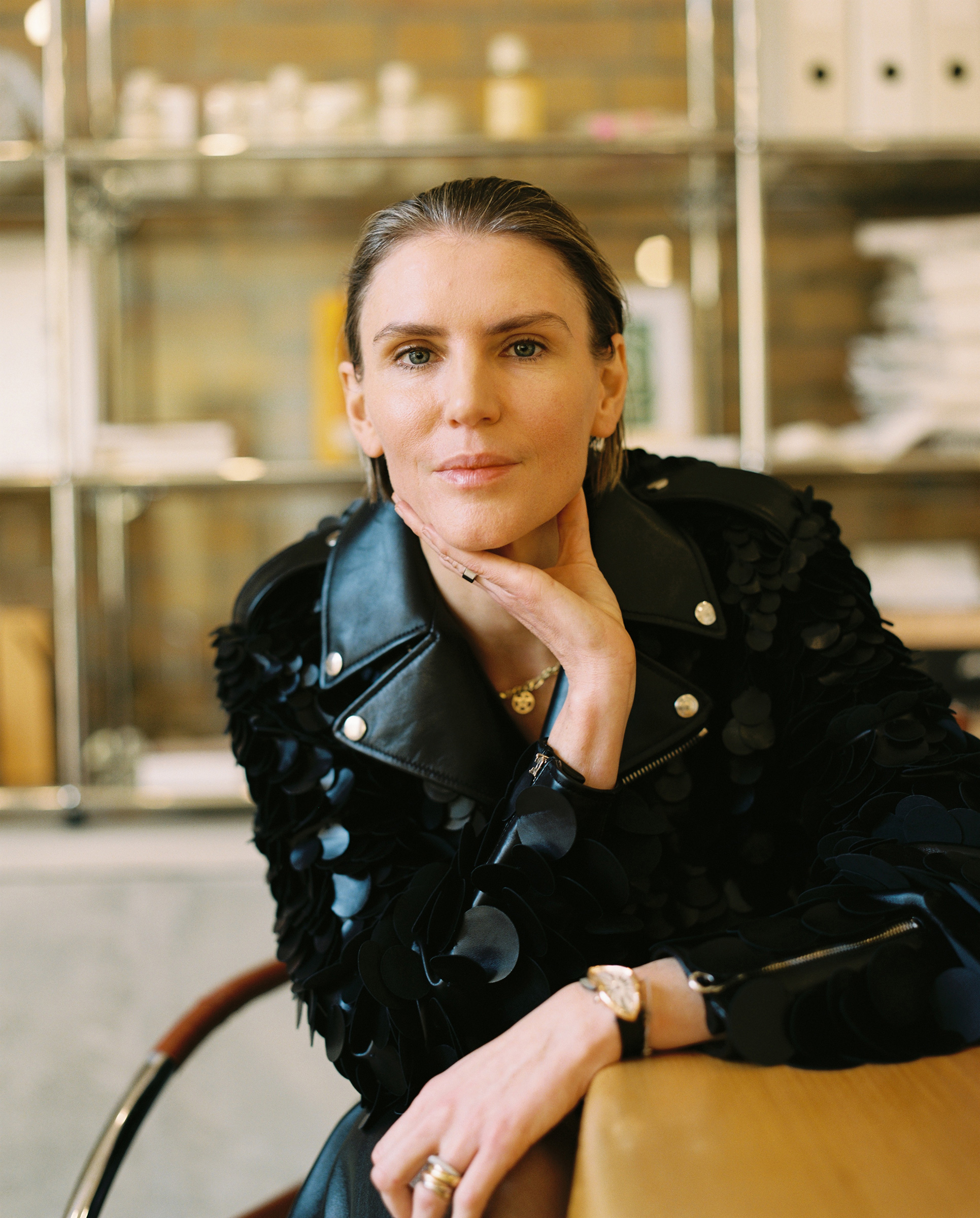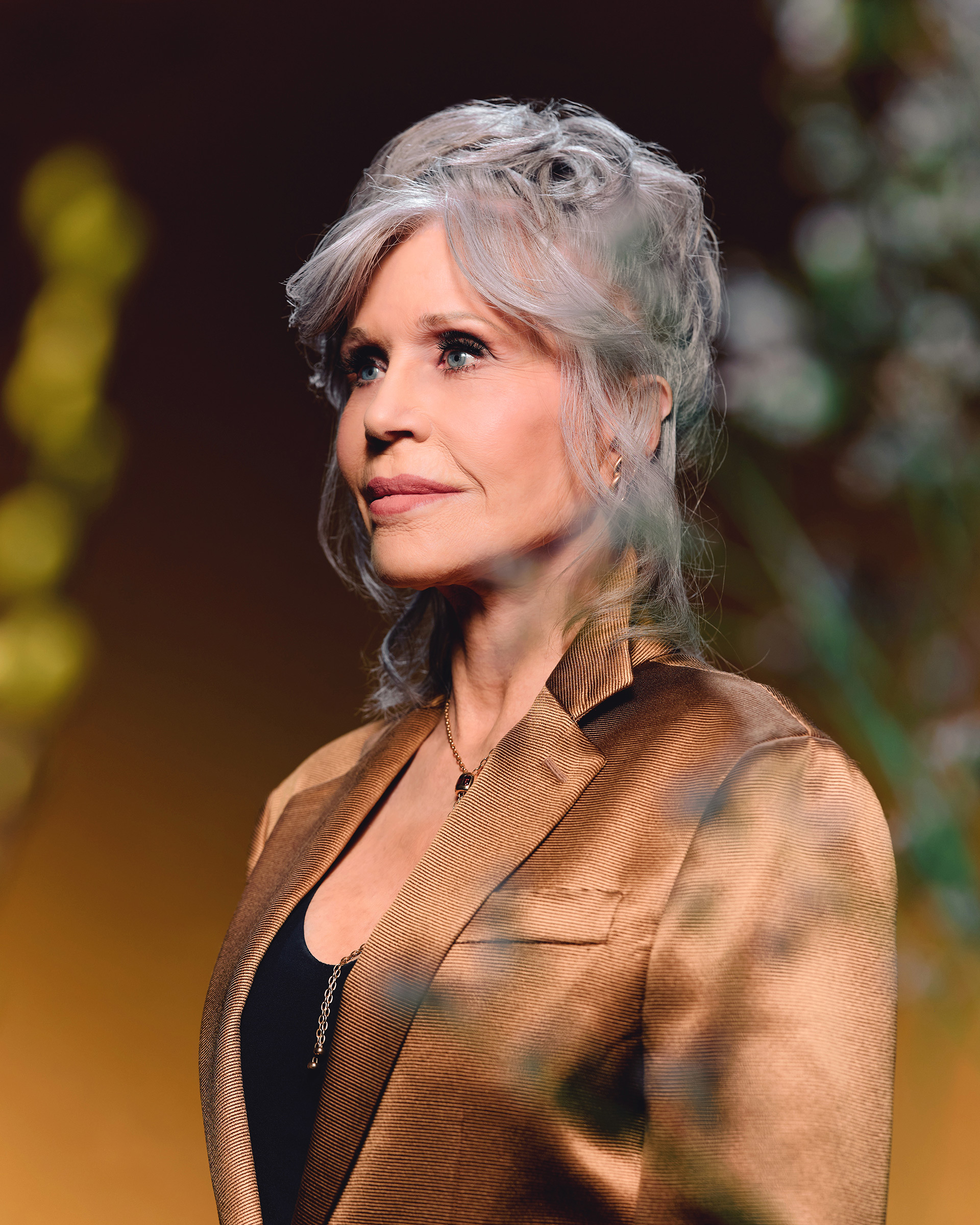When Gabriela Hearst launched her namesake brand in 2015, one of the pillars of her design was a resolute commitment to sustainability. It was a decision that came in the wake of a clarion call from her past. Following the death of her father in 2011, the fashion designer inherited Santa Isabel, her family’s 17,000-acre ranch, where she grew up in Paysandú, Uruguay. Revisiting her remote childhood home reminded Hearst how they made their own blankets and furniture, drawing on precious resources from the ranch to construct pieces that would last—a stark contrast to the waste-filled practices of the fashion industry where she had been working for more than a decade. “I started to see the discrepancy between what I was doing in New York and what I was taking care of in Uruguay,” she says. “That’s when I started being very concerned about climate change.”
In the nine years since she founded her label, Hearst has helped redefine her industry, making the case that knowing where clothing materials come from and who crafts them is the truest form of luxury. Her designs, which favor sleek silhouettes, expert tailoring, and meticulous craftsmanship, have become wardrobe staples for the thinking woman. She counts Angelina Jolie, Greta Thunberg, and Jill Biden, who wore one of her dresses to the 2020 presidential Inauguration, among her fans. In addition to heading up Gabriela Hearst, she also served from 2020 to 2023 as the creative director of the French brand Chloé, which she helped become the first European luxury fashion house to receive a B Corp certification. But while Hearst’s profile has risen, her mission remains the same: to create beautiful clothing with care and entice people to join the climate fight. “They have the desire for beauty, so I have to bring consciousness to the product,” she says. “You can’t deny the catastrophes that are constantly happening worldwide that are climate-related. It’s here and it’s happening and we’re all going to pay a price.”
Read More: How Small Businesses Can Have a Big Impact in the Climate Fight
Every step of Hearst’s design process is an opportunity to honor climate commitment. She breathes new life into the remnants of Turkish rugs and cashmere scraps, which are reincarnated as colorful overcoats and sharp blazers. Her handbags have a waiting list—not because of a desire for exclusivity, but because she makes them in limited quantities or to order, which helps curtail waste. In 2019, she produced the first carbon-neutral runway show and announced her brand was plastic-free for both front and back of house. She’s also refreshingly unconcerned with having her customers buying more. “I’m very happy with my clients just finding one good sweater,” she says. “I grew up with that kind of mentality on the farm; if it’s good quality, it will last you for years. So we wanted to have a product that was well designed and timeless, using the nicest materials in the world and making it at the highest level.”
But Hearst’s vision for a more sustainable future extends beyond fashion. She’s a vocal advocate for developing nuclear fusion, dedicating her Chloé Spring/Summer ’23 collection to the clean-energy solution. She believes her advocacy is as vital to her brand as its more creative aspect. “Your legacy is your value system,” she says. “We know that we’re going to be one of the brands of the future. I am willing to put in the time and dedication because I can see the long-term view. I know exactly where we’re going.”
More Must-Reads From TIME
- The 100 Most Influential People of 2024
- Coco Gauff Is Playing for Herself Now
- Scenes From Pro-Palestinian Encampments Across U.S. Universities
- 6 Compliments That Land Every Time
- If You're Dating Right Now , You're Brave: Column
- The AI That Could Heal a Divided Internet
- Fallout Is a Brilliant Model for the Future of Video Game Adaptations
- Want Weekly Recs on What to Watch, Read, and More? Sign Up for Worth Your Time
Write to Cady Lang at cady.lang@timemagazine.com




